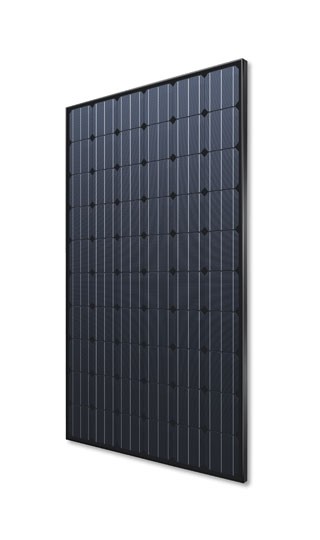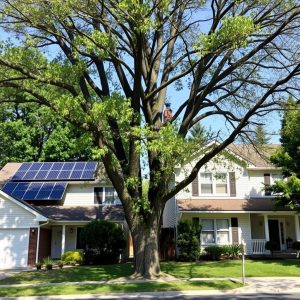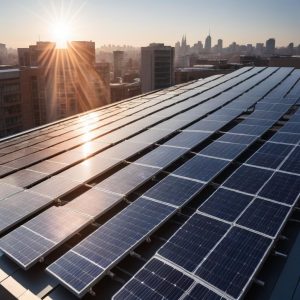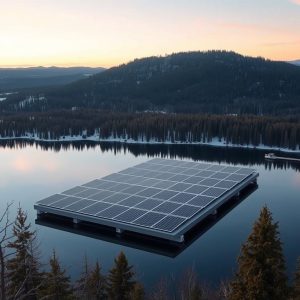Description
Axitec AXIblackpremium AC-300M/156-60S solar panel
Aesthetics meets energy. The solar modules are perfectly suited for installations where the black exterior design must match the high power output.
The advantages:
- 15 years manufacturer‘s warranty
- Highest performance due to specifically selected technologies and materials
- Guaranteed positive power tolerance from 0-5 Wp by individual measurement
- Maximum 5400 Pa snow load
- 100 % electroluminescence inspection
- High quality junction box and connector systems
- High stability due to AXITEC-Soft-Grip-Seam aluminium frame construction







Reviews
There are no reviews yet.